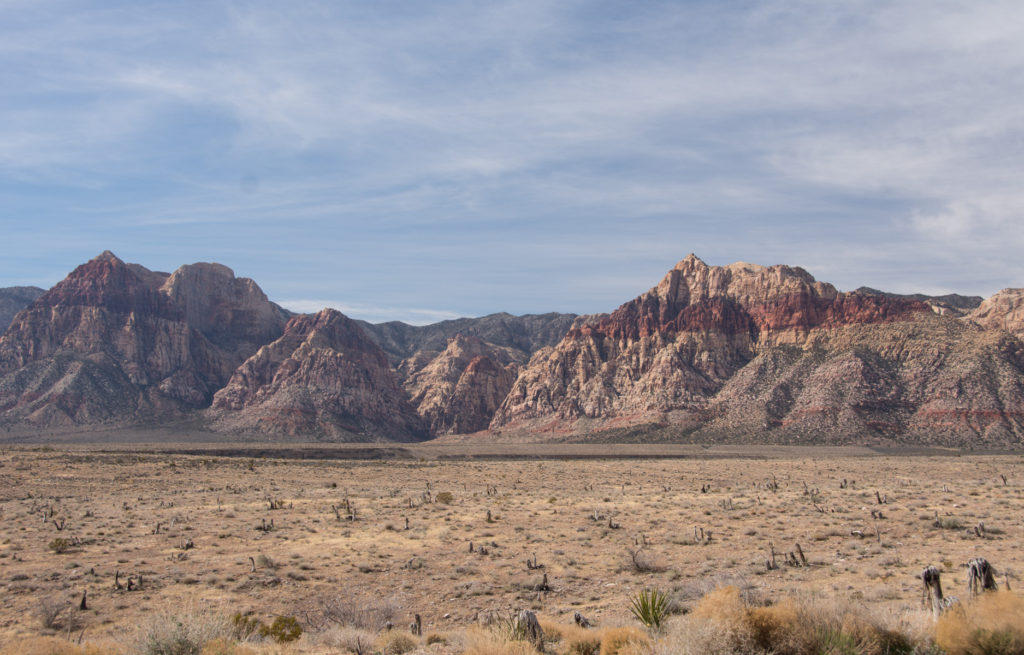by David Blass


- Select the images to be used in Lightroom, highlight them both. Right click on one and from the available menu choose Edit In, then Open as Layers in Photoshop.
- Position the layers so that the new sky layer is on the bottom. Change its name to New Sky.
- Working on the foreground layer, start with the quick selection tool to select the sky. Use selection tools as needed to make the selection as accurate as possible.To finish the selection, you may wish to use the Select and Mask function, with the refine edge brush. Invert the selection, then save it as Foreground.
- Reselect foreground, and apply a layer mask. The new sky should appear in place of the old one. Zoom in on the horizon, to check for artifacts between scenery and new sky. If they are present, return to your selection and refine it (consider enlarging by two pixels) by going to Select, then Modify, then Expand.
- If possible, use the move tool to position the new sky in its best location to suit your taste.
- The next few steps are used to add a color cast to the foreground which will match the color of the new sky. If this is not needed, you have finished!
- Use the eyedropper tool to select a color from the sky (this will typically be some shade of orange or red at sunset).
- Reselect the foreground and make a solid adjustment layer in the color you just selected. This should be your top layer.
- Reduce the opacity of the color layer to give a slight tint to the foreground. You will want a low opacity, somewhere in the range of 5 to 15%.
- Change the Blend mode (seen in the Layers Panel above the top layer) from Normal to Color.
- Evaluate your photo for overall appeal, and for detail, such as artifact between the sky and foreground, accurate color representation, etc. Congratulations on an accurate sky replacement!
